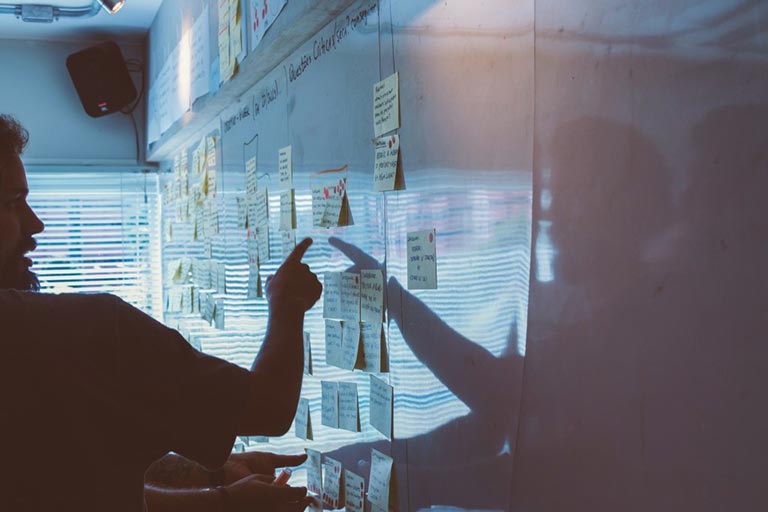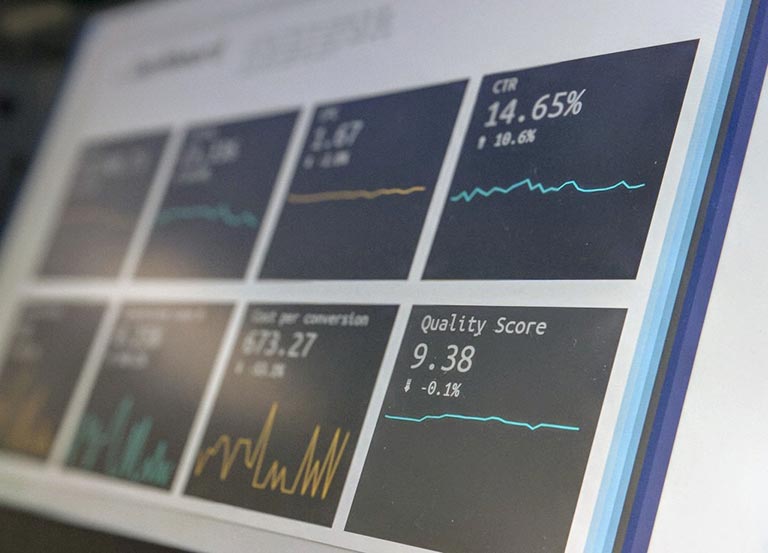Does your institution have a clear strategy and where does your Alumni Relations department fit into it?
Aluminati was proud to sponsor the Alumni Relations Institute 2021 conference hosted by CASE. Held in February 2021, it featured talks covering various topics, with panels of industry leaders and experts leading the conversations. This is the second in a series of articles from this conference. Click here to read the first article.
Subscribe to receive updates when we publish new and interesting content.
Christine Fairchild, Director of Alumni Relations at the University of Oxford, UK was kind enough to join the panel at this recent CASE event to offer her insights into how to create an agile Alumni Relations strategy.
Why are strategies important?

Having a clearly articulated alumni relations strategy is an absolutely essential factor for any institution. A strategy will provide a common purpose with shared and articulated goals. A plan of action will provide a university and its staff a clear path forward, allowing for the sensible allocation of resources within a manageable time frame.
From this, the path to success will be visible to all and an alumni relations department’s contributions to the institution as a whole will be more effectively articulated. Not just a path to success, but highlighting what not to do at the same time.
A solid blueprint will inform staff development, find strengths and gaps, identify partnerships and encourage an institution to keep pace with the changes happening.
Achieving success with a phased approach
Christine argued that there are five phases in the strategy development process:

Phase 1: Identify and clarify the challenges and tasks.
Environmental Scan
SWOT Analysis
Stakeholder Identification
Take a holistic look at the department and institution to get a better sense of a road map moving forward. Identify who might stand to benefit from the strategy as a resource. This can help to tell an effective story if the benefits are made clear from the start. For example, if part of the strategy is to encourage alumni to help identify new students to apply to the university, this will help the institution’s admissions department.

Phase 2: Gather and analyse data.
Personal Interviews
Focus Groups
Surveys
Peer and Market Analysis
Benchmarking
Phase two is the perfect opportunity to involve all stakeholders to raise their stakes in the game, so to speak. Focus groups are an incredibly valuable way to find out how audiences are feeling and what their perceptions of the institution might be.
Christine noted that it is important that institutions remain competitive by learning from other institutions but also argued against keeping peer analysis too predictable. For example, a large charity such as the Red Cross may have similar goals to an institution and would provide interesting insights.

Phase 3: Synthesis data, form vision and goals
Discern Mission, core purpose and shared values (What will we do?)
Vision (Where do we want to be in 3 to 5 years?)
Goals (What are our aspirations?)
Create a Strategy Statement
Be clear about embedding the institution’s mission into the strategy and constantly reinforce it, focussing on shared values. Christine argued that an institution’s goals should always be aspirational as it is ‘good for business’. The notion of completing a goal and thinking of ways it can be done better. Keeping goals at this aspirational level can keep an institution working harder and be more engaged in the outcomes.
Christine noted that having a clear strategy statement will crystalise those expectations.

Phase 4: Develop measurable objectives.
Action Steps
Timeline
Accountability
Allocation of Resources
Christine noted that an institution must be clear about who it is relying on to ensure that the strategic plan is being delivered and that it is clear what the universities expectations are of them.

Phase 5: Plan, seek buy-in and approvals, implement, assess, report.
Socialise the plan with key stakeholders and influencers
Follow through on action steps
Evaluate and make adjustments needed
Report
“The most important thing to do is bring people along with you”, Christine remarked. “Bring people in from all across the university, from top to bottom, and include other stakeholders such as the alumni board”.
It is important to involve as many people as possible in this fifth phase. Show people throughout the process that goals are being achieved and show progress. The institution must constantly hold itself accountable for evaluation and make any necessary changes as the strategy moves forward.
Reporting gives stakeholders a chance to celebrate what has been achieved and is a great form of socialising the work that is being done.
Find out how Aluminate Community Builder can help supercharge your institution’s alumni relations strategy.
Subscribe to receive updates when we publish new and interesting content.





